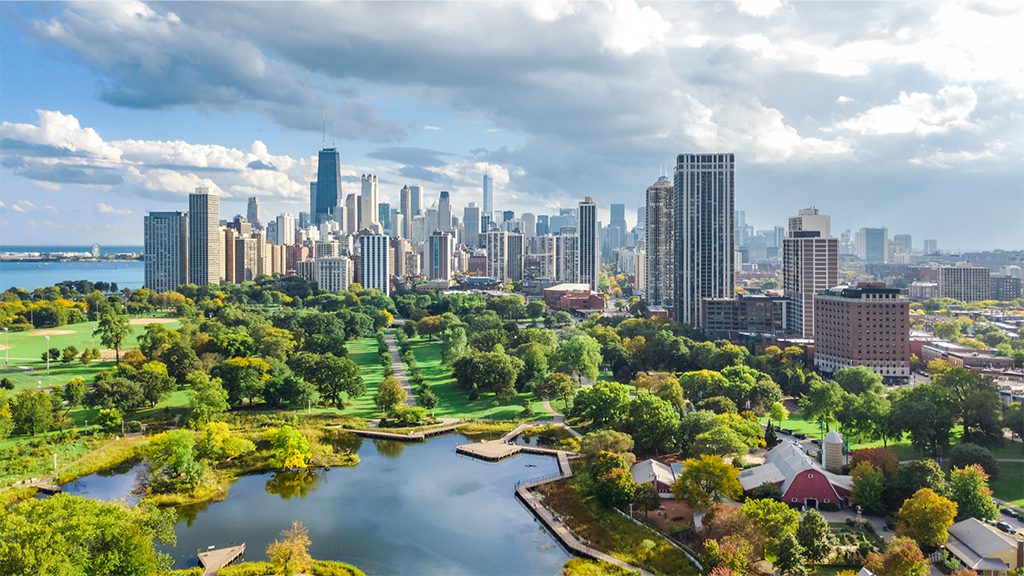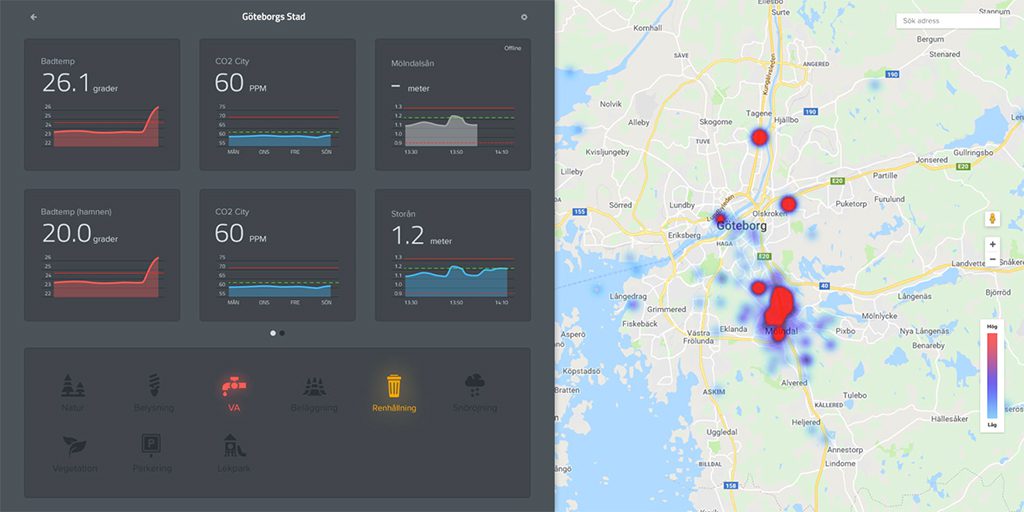 Internet of Things (IoT) opens up new possibilities in every area, from home electronics to healthcare. The same goes for the infrastructure that everyone in society is dependent on for transportation, work, social care and leisure. Cities need IoT to maintain better control, but to be able to take advantage of the new technology, there needs to be general open platform that is well integrated into the operation.
Internet of Things (IoT) opens up new possibilities in every area, from home electronics to healthcare. The same goes for the infrastructure that everyone in society is dependent on for transportation, work, social care and leisure. Cities need IoT to maintain better control, but to be able to take advantage of the new technology, there needs to be general open platform that is well integrated into the operation.
Only then can alarms and meter readings be a natural part of the city’s technical department, and also sustain over time as new IoT solutions are implemented and the existing are extended or exchanged.
Johan Höglund, Infracontrol CEO, tells us technology is developing rapidly and provides new possibilities, but that it also requires a long-term strategy regarding how to make cities or municipalities smart in real terms:
– The new technology enables the use of cheap, power saving wireless sensors the better to monitor society’s infrastructure. But even though the possibilities are growing, so too are the challenges involved in making use of all the information. There are also many IoT solutions that will vary over time. However, many municipalities are well prepared for developments by being connected to Infracontrol Online. Today, it’s Sweden’s most-used Smart City platform and it provides an overall picture of the situation, monitors faults to make sure they are rectified and collects valuable decision support data to create a more sustainable society.
New technology means new opportunities – and new challenges
A new type of communications network known as an LPWAN is being built in many cities and municipalities. LPWAN stands for Low Power Wide Area Network, and is used in regional, national or global networks. The networks are built using various technologies and by different players, but their common denominator is the provision of new, better capabilities of wireless data transfer to a host system. Jonas Bratt is Infracontrol’s IoT solutions specialist:
– LPWAN allows sensors to be small and energy efficient. This makes it possible to monitor almost anything. This might mean water levels, stolen items, temperatures, open doors or hatches; air or water quality, traffic flows; how well plants are doing and much, much more.
However, according to Jonas Bratt, the existence of so many different types of network, communication solutions, suppliers, operators and business models presents a great challenge. It requires cities and municipalities to use several different types of solutions over time. Something which in turn requires a general host platform.
A Smart City platform
Regardless of what is monitored and how, the information must be taken care of in a simple, effective manner, and this is easily overlooked when purchasing and installing networks and sensors. But smart new IoT solutions alone are not enough to make a city smart, according to Jonas Bratt. Someone also has to take care of the information and make sure it gets put to good use.
– These new abilities to measure and detect faults mean it’s all the more important to keep it all together and draw benefit of the information in the municipality’s operation, says Jonas Bratt. By connecting the sensors to Infracontrol Online, we gain full control from the detection of faults up until they are remedied, reset and logged.
He says this is why municipalities must have an independent Smart City platform like Infracontrol Online, to which all types of sensors can be connected regardless of supplier and which can be accessed by infrastructure owners, operations personnel and external contractors.

Infracontrol Online provides full control of all IoT solutions regardless of communications, suppliers or types of sensors. (Demo screenshot)








